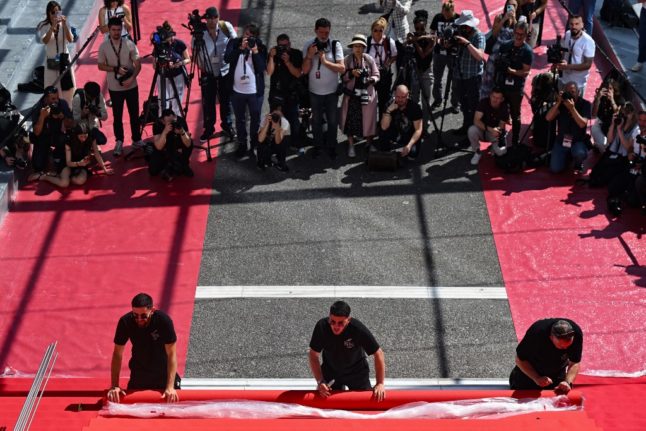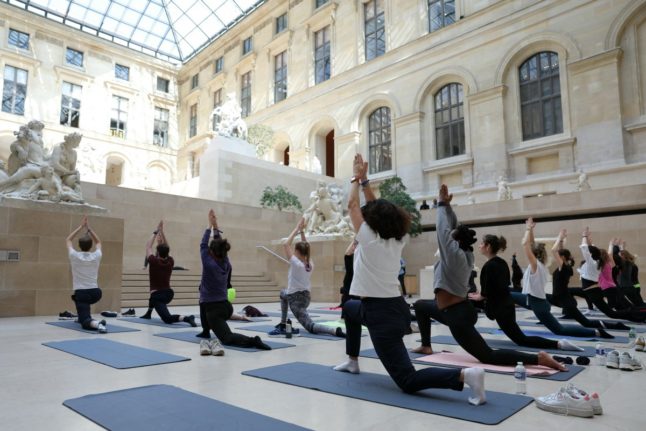But while the great and the good of cinema only tread the temporarily laid – and regularly cleaned – red carpet in the port town for a couple of weeks in May, there’s more to Cannes than meets the camera lens.
Here are a few facts you may not know about the glitzy Alpes-Maritimes’ resort.
It’s old
Cannes has existed since the Iron Age. The Ligurian Oxybii tribe established a fishing village on what is now Cannes known as Aegitna early in the second century BCE.
Then, nothing happened
Other than a bit of a squabble with the Romans around 154BCE, for centuries not a lot beyond daily life really happened in the sleepy fishing village.
It wasn’t until the 19th century that Cannes became anything other than a quiet place by the sea and a stopping point en route to somewhere else. Then, British noble Lord Brougham discovered the town’s quaint charm – today, there’s even a statue of m’noble lud in the town.
Suddenly, everything changed
After Brougham ‘discovered’ Cannes, it became – like Nice, 60km or so up the coast – an It-town playground for well-to-do Brits in Europe. A casino, esplanade, and a series of smart hotels quickly popped up. Today, with its exclusive boutiques lining numerous streets it is sometimes referred to as the Sister City to Beverly Hills.
READ ALSO The mayor of Nice explains why his is the ‘most British’ town in France
Major events
As well as the Film Festival, Cannes hosts other major annual events such as the MIPIM, MIPTV, MIDEM, Cannes Lions, and the NRJ Music Awards.[14] There is an annual television festival in the last week in September.
Natural history
The mimosa plant that brightens up early Spring in and around Cannes is not native to the area. It was brought to the south of France in the 19th century by the British… from Australia.
Literary links
One of the tiny Lérins Islands off the coast of Cannes is Île Sainte-Marguerite, which was the prison for the real-life Man in the Iron Mask, a political prisoner reputed to be of royal blood whose story was later turned into a blockbuster tale by Alexandre Dumas. You can still visit fortress prison where he was interned for 11 years.
Population boom
The population of Cannes is about 75,000, according to French national statistics office Insee. Around the time of the film festival, however, it’s closer to 200,000.
Biarritz links
It may seem that the resort on the Atlantic coast would have little to do with the resort on the Mediterranean coast, but movie history was nearly very different. Cannes only got the film festival that shines a spotlight on the town every year because Biarritz – the organisers’ first choice location – could not afford to host it.
Crime scene
One of the biggest jewel heists in history took place in Cannes on July 28th, 2013, when one criminal ran off with €102 million in jewels from a temporary diamond exhibition at the famous Carlton Intercontinental Hotel. An active police investigation was officially shut down a decade later, with no clue as to the identity of the thief, or what had happened to the jewels.
Wages
Despite the riches on show during the film festival and in the exclusive boutiques lining one side of the beachfront La Croisette, Cannes is not as wealthy as its facade appears. The average net monthly salary in 2019 was €2,251, according to Journal du Net, below the French average of €2,524.
Property prices
Cannes does, however, regularly make the news for his vastly expensive property prices. The average price per square metre is €5,942 for an apartment or €7,302 for a house – not quite as expensive as Paris but way above the French average of €3,367 per square metre.
Lower than average wages and higher than average property prices mean that many of the people who live and work in Cannes have been priced out of the area.
Poverty
A total of 18.4 percent of families in Cannes fall under the poverty rate, higher than the national average of 13.9 per cent. The Gini index – which measures wealth inequality – for Cannes is 40 per cent, compared to the national average of 30 percent.



 Please whitelist us to continue reading.
Please whitelist us to continue reading.
Member comments